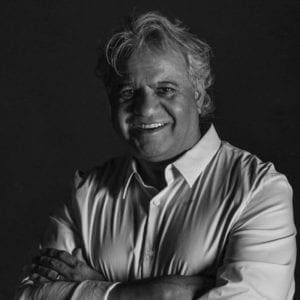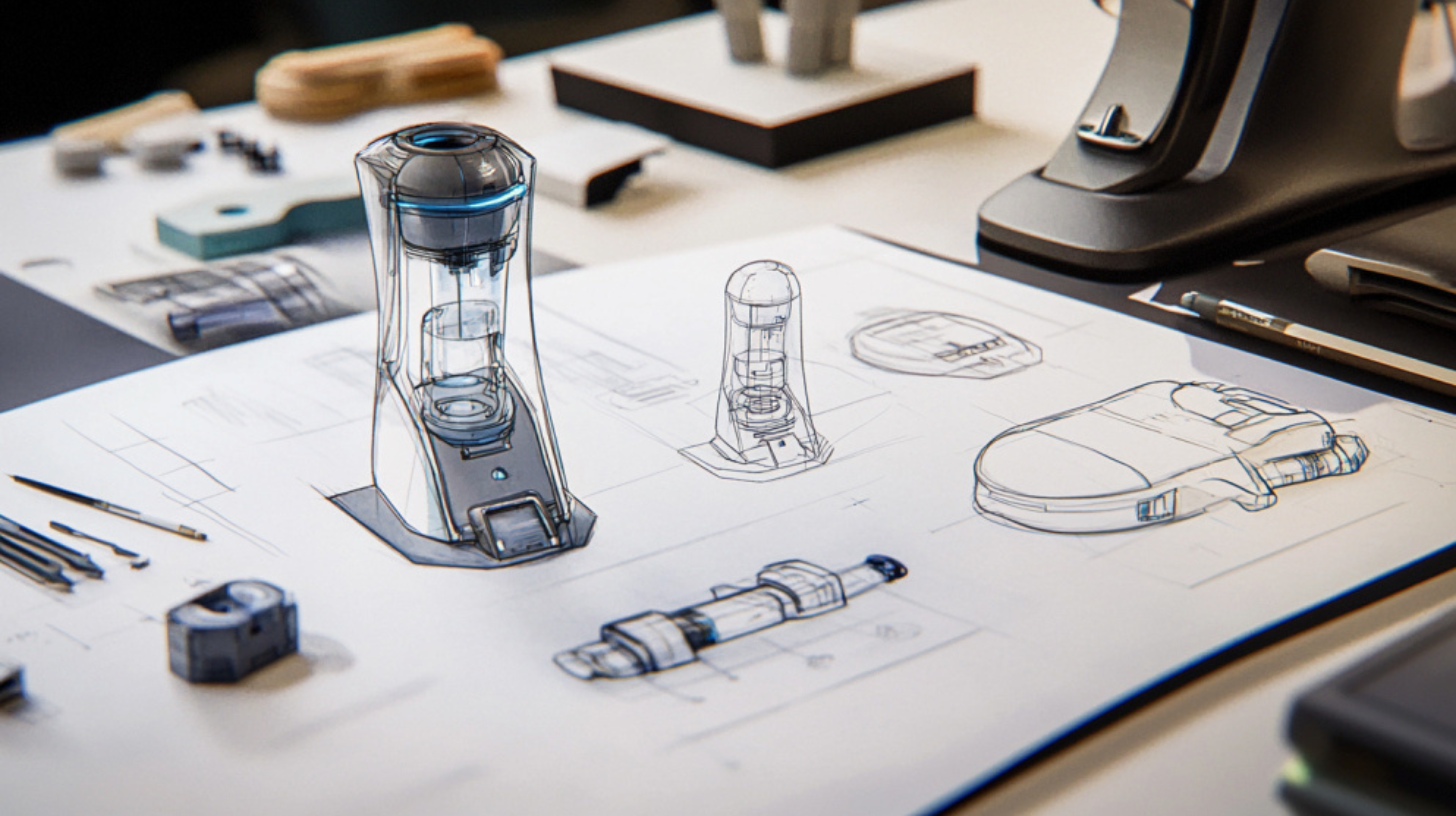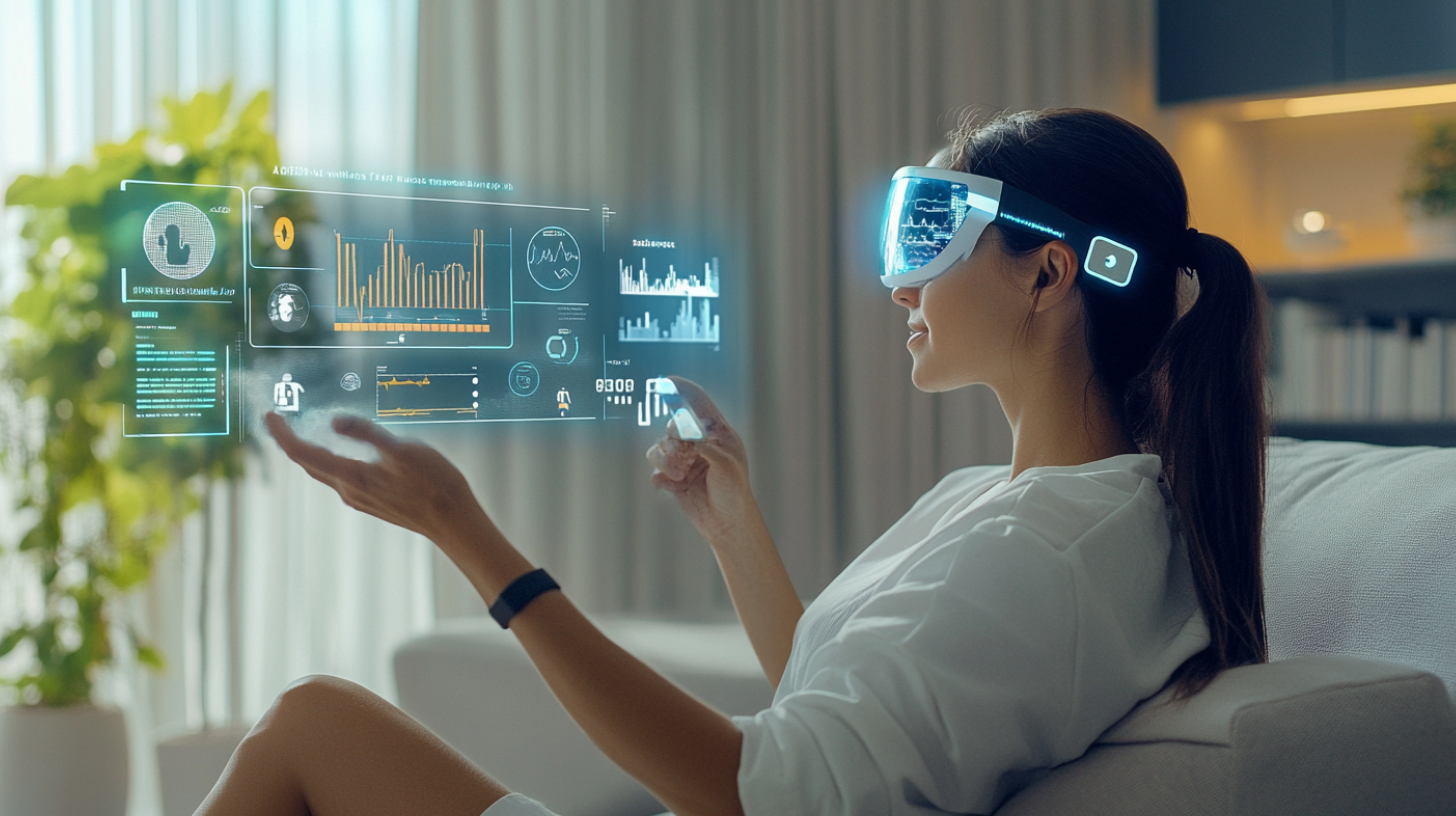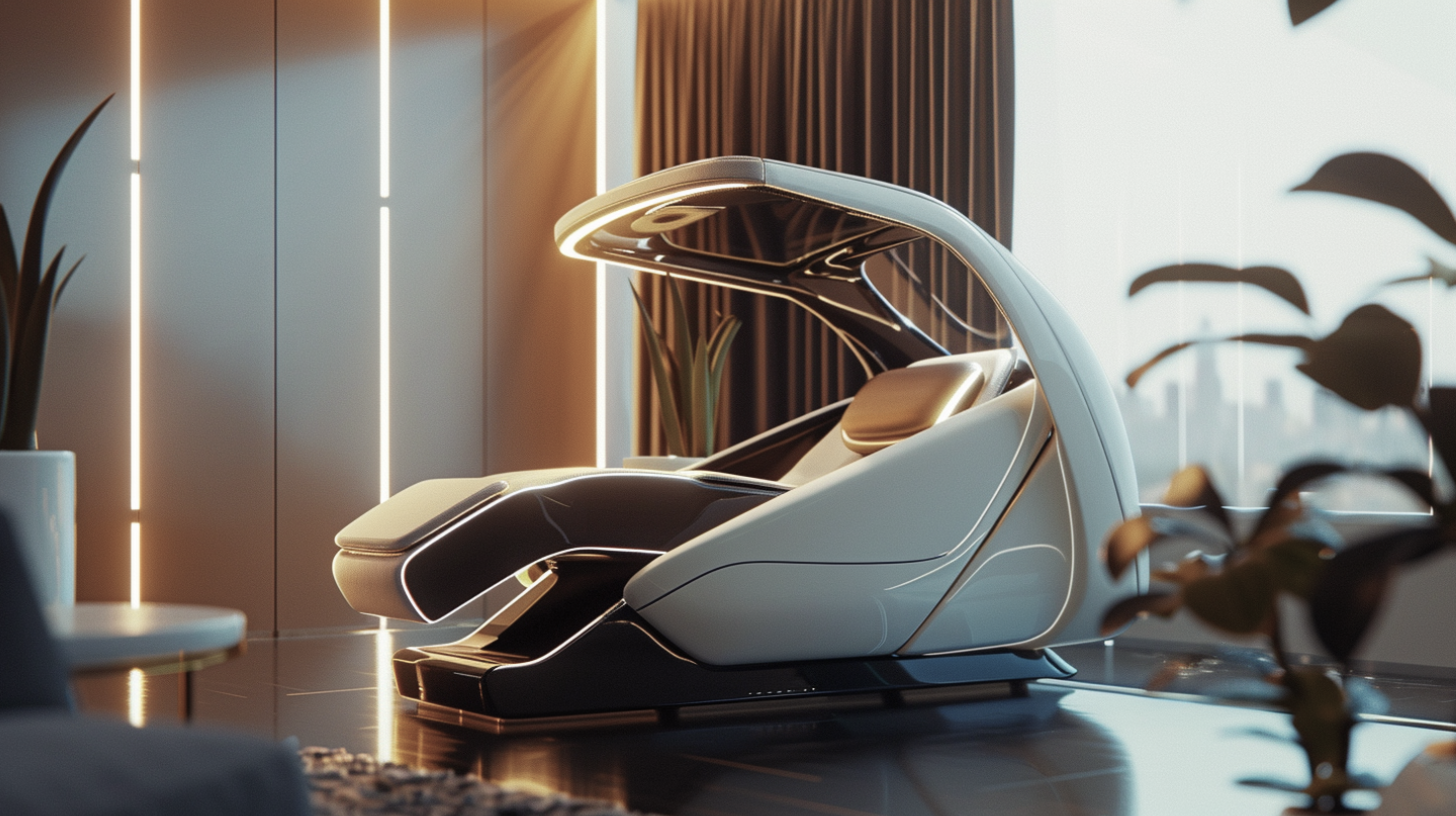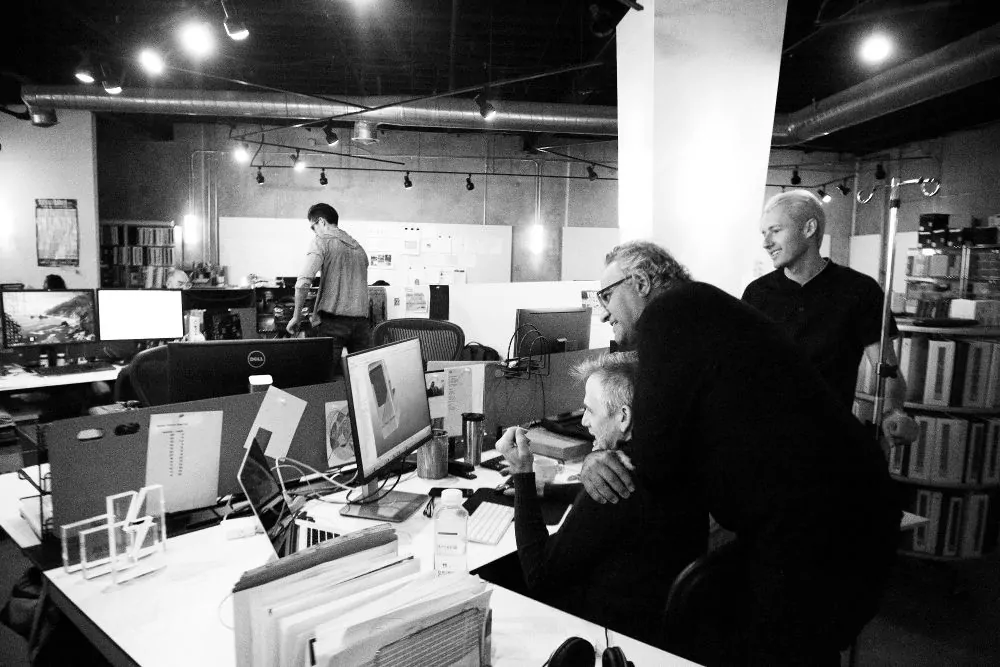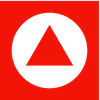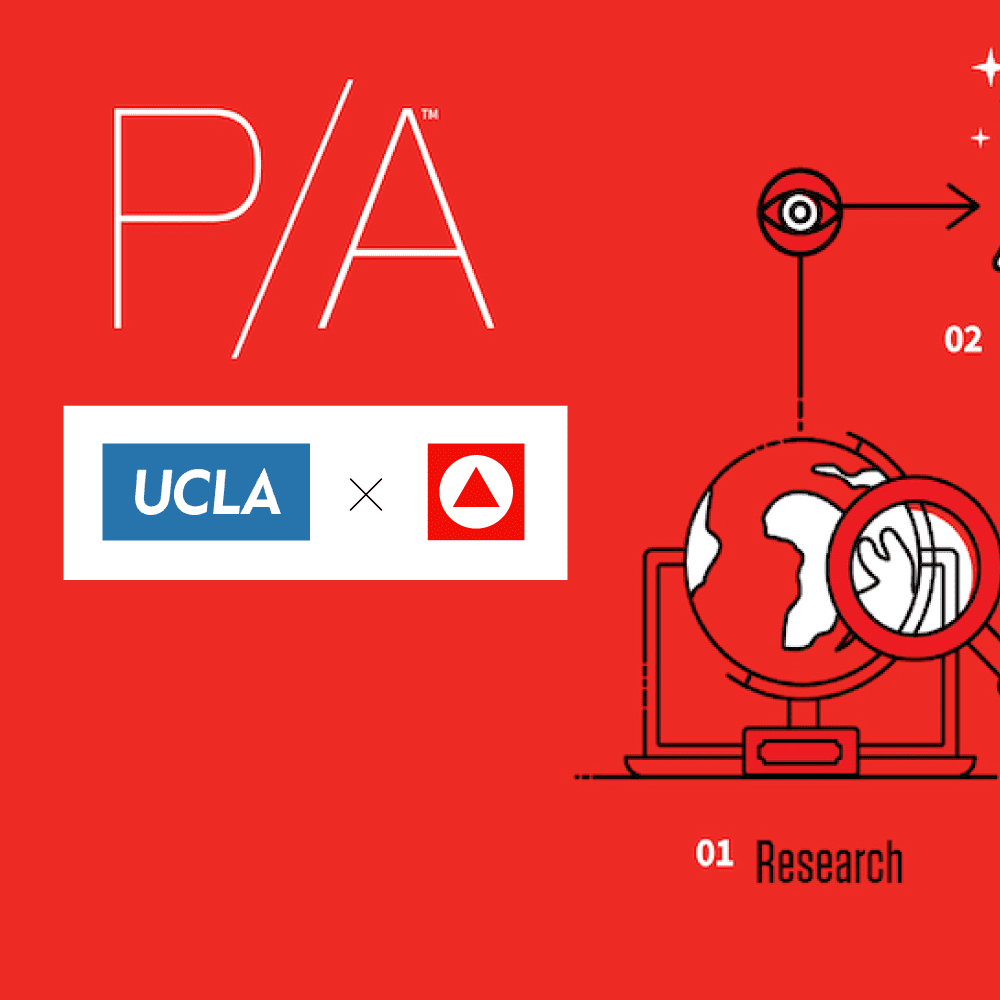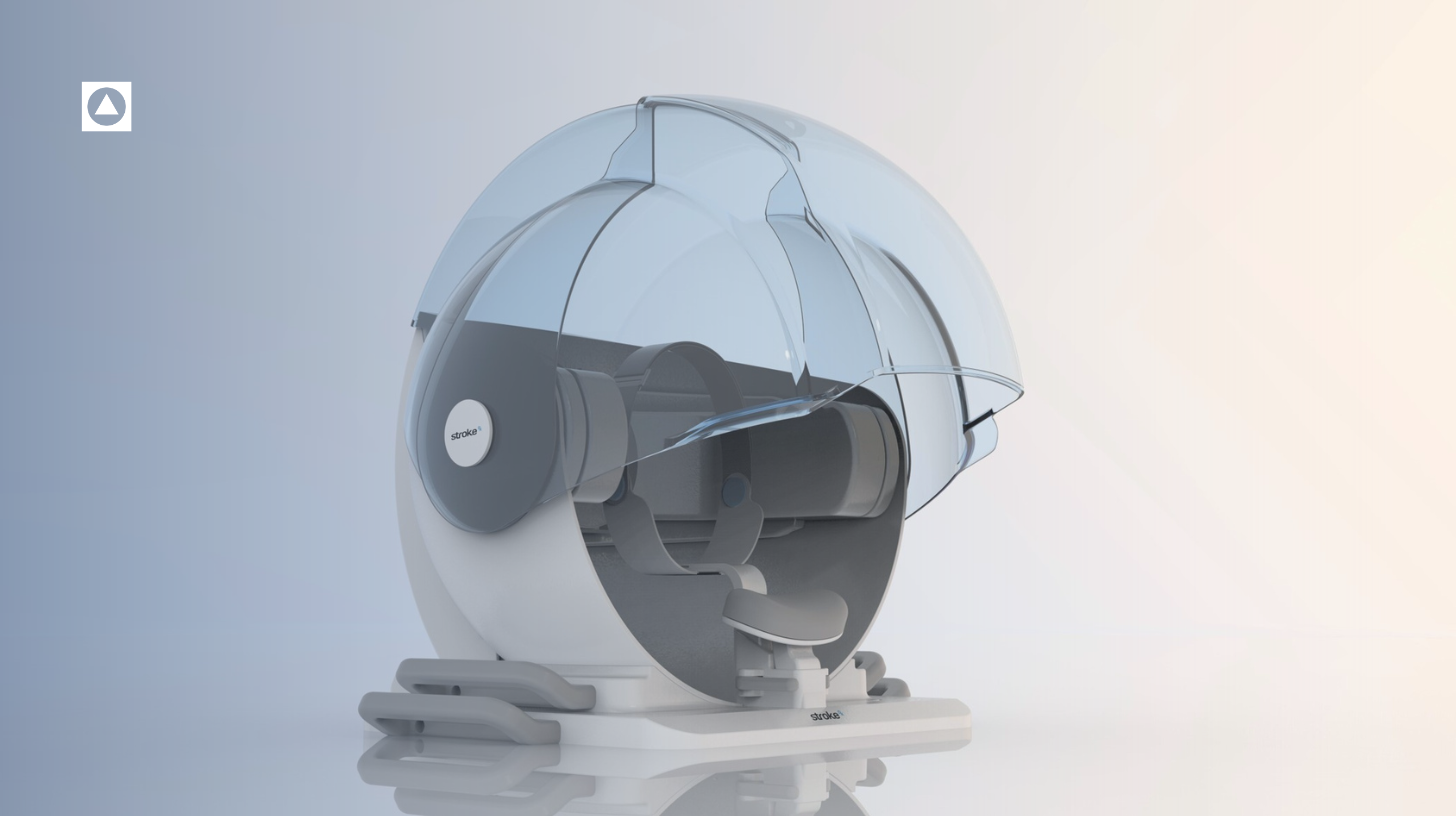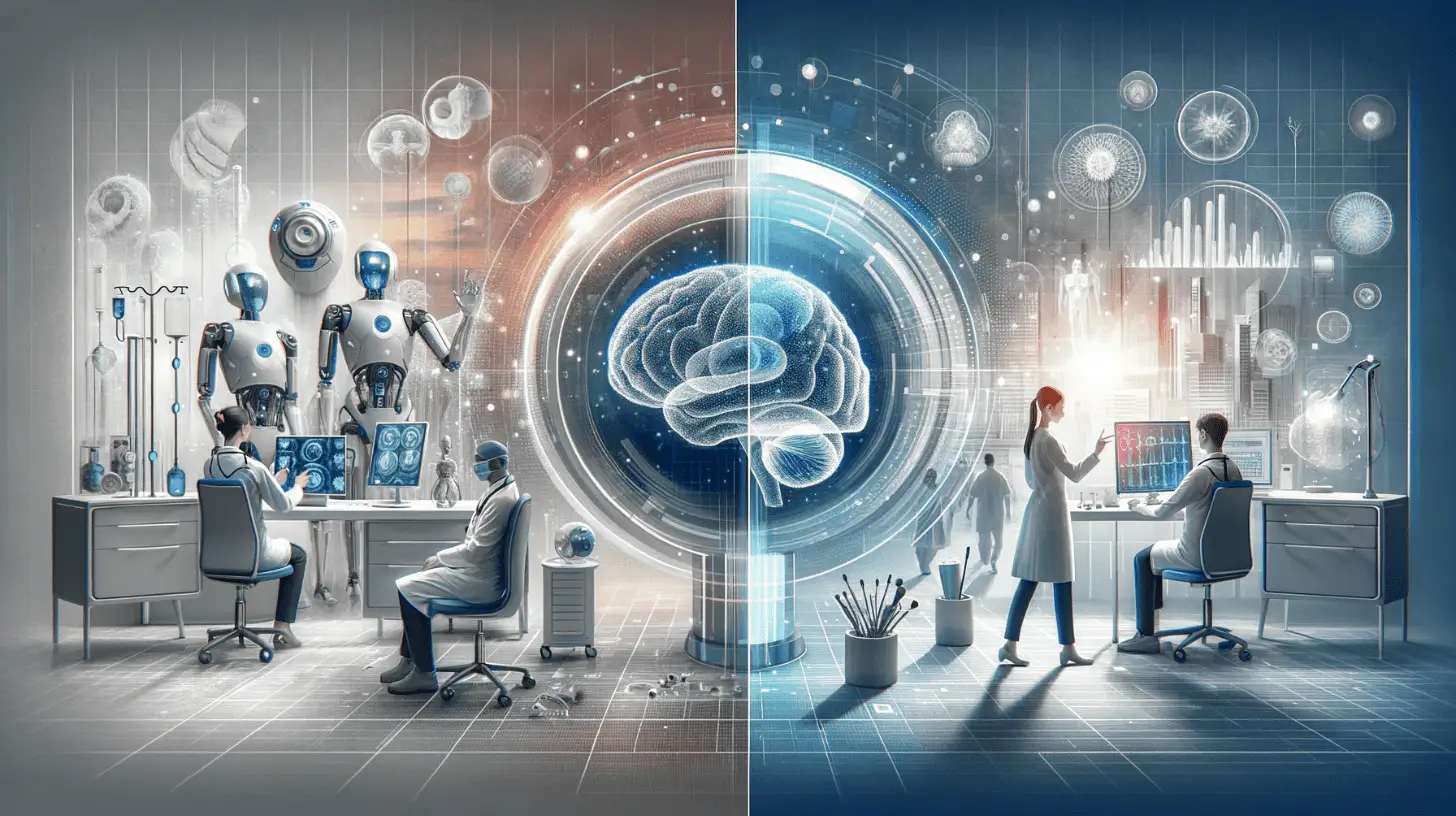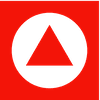RKS Teaches Psycho Aesthetics® at UCLA Anderson
In October 2020, the RKS team visited MBA students at the UCLA Anderson School of Management to teach Psycho-Aesthetics (P/A), our advanced design-thinking methodology. This visit was part of a long-standing collaboration between RKS and Professor Andres Terech at the UCLA Anderson School of Management. Each quarter Professor Terech brings entrepreneurial MBA together for his New Product Development class, to show students how they can apply P/A to strategically find opportunity zones for new products in the market. In many cases, students take his course with a desire to start their own companies or become strategic leaders of their companies.
This year, RKS joined the class for three segments:
Introduction Class on Psycho Aesthetics with RKS Founder Ravi Sawhney
Workshopping 1 – Persona Development
Workshopping 2 – Mapping and Concept Development
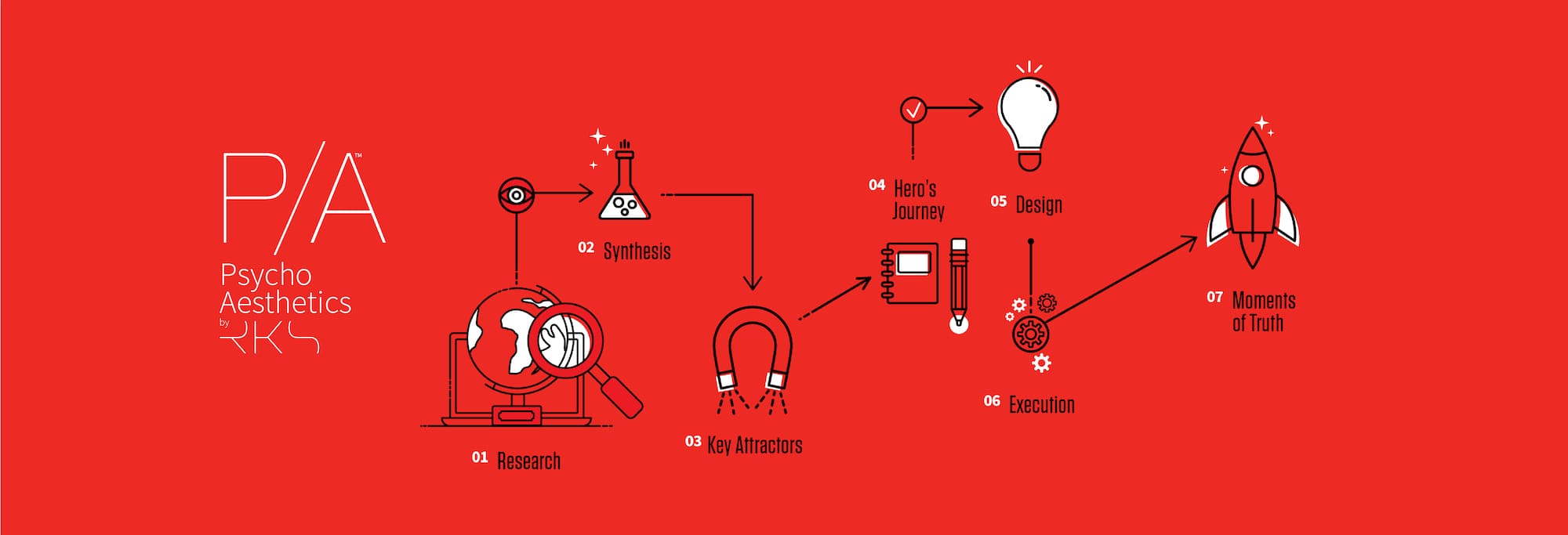
Introductory Class on Psycho Aesthetics with RKS Founder Ravi Sawhney
The first class introduced students to the foundations of P/A. RKS Founder Ravi Sawhney, created P/A by combining his own understanding of humanity with the work of sociologist Joseph Campbell and psychologist Abraham Maslow. The result was a visual framework to understand how products meet human needs, where opportunities lie, and how products can become viral. Over time P/A has evolved to become a widely used tool for both the design-suite and the C-suite because of its easy-to-understand visual language.
During this first session, MBA students learned how to use P/A through a sample prompt. In groups, students were asked to design a new beach umbrella. Armed with P/A, students would spend the next weeks designed a new umbrella that would could be successful. The students began their projects by focusing on the first four steps of P/A: Research, Synthesis, Key Attractors, and the Hero’s Journey.
Workshop 1 – Persona Development and Competitive Benchmarking with RKS Team
In the first workshop, RKS team members Ben Azzam and Alex Levine reviewed students works and helped them fine-tune their personas and map the current product landscape with P/A. Persona development can be a combination of deep qualitative and quantitative research or based on archetypes or both. In this short-form setting, students in their groups of five relied primarily on their own knowledge of the world and the people in it, to articulate up to eight persons for whom they could design their products. Students then synthesized key understandings about each persona into “help me” statements. In Psycho-Aesthetics, “help me” statements allow the design team and all other stakeholders to empathize with the needs of your personas. Creating these P/A maps is usually a highly collaborative process. To help students experience this process, Ben and Alex met with students in small working groups, where they presented their personas and P/A Maps for feedback.
Workshop 2 – Early Concept Development with RKS Team
In the second workshop, Ben and Alex returned to help students refine their concepts. The constant theme in our meetings were to make sure their concepts answered the needs of their personas and were located in the opportunity zone of the market. P/A Maps provide a useful tool for non-designers to see what consumers want and need, and where existing offerings are not meeting those needs. By taking these insights from their P/A maps, students began to create concepts of new products. MBA students aren’t designers, but with the tools of P/A every group was able to propose a new product to meet their customer needs. Student then presented their new umbrellas to the class.
Final Project
The initial workshops set the stage for a larger project, which took place over the course of the semester, where the UCLA teams worked together on larger self-selected challenges to identify new market opportunities and solutions utilizing the Psycho-Aesthetics process.
